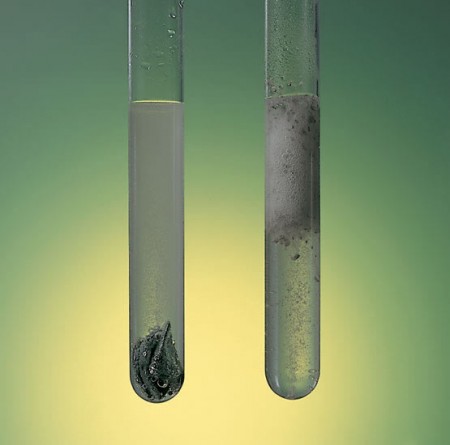 The development of plants is highly dependent on the light they receive. In this sense, the so-called photoperiod refers to the influence exerted by periods of light and darkness on plants over a period of time, be it a day, a season or a solar cycle.
The development of plants is highly dependent on the light they receive. In this sense, the so-called photoperiod refers to the influence exerted by periods of light and darkness on plants over a period of time, be it a day, a season or a solar cycle.
Each plant species needs a certain photoperiod
The organic functions of vegetables are activated or deactivated according to the number of hours of light to which they are exposed. There are trees that require a series of hours of light a day for their metabolism to function properly. In this way, if they do not receive enough light impact, their growth is altered (in autumn there are fewer hours of light per day and the growth of the trees stops significantly).
Long-day, short-day and neutral plants
Seed germination and flowering are states that occur at a specific time of the year. The environmental stimulus used by plants to detect each time of the year is the basic principle of the photoperiod.
Long-day plants flower only if light periods are long. This situation takes place in late spring and early summer in the Northern Hemisphere and is reversed in the Southern Hemisphere. Some examples of modality are clover, spinach, lettuce, wheat or beet.
Short-day plants require more hours of darkness than light. Sugar cane, corn or tobacco are some examples of this typology.
The day and night cycles of the photoperiod are not decisive for all plants, since some regulate their functions autonomously. The insensitivity to photoperiod occurs in tomatoes or cucumbers.
The photoperiod and the internal clock of plants
All living things have a biological clock that allows them to regulate their functions. In this sense, sensitivity to the photoperiod is produced by the interaction of two elements: sunlight perceived by the photo-receptors of specialized cells and the circadian clock of plants.
The link between the biological clock of plants and their adaptation to changes in light is a question directly related to the production of agricultural crops. Experts in plant physiology claim that the circadian clock in plants works in a flexible way, to the point of adapting to unforeseen light changes. Knowledge of its internal mechanisms can be of great use to cope with periods of drought or to improve the quality of crops.
Photo: Fotolia - Marco Desscouleurs









